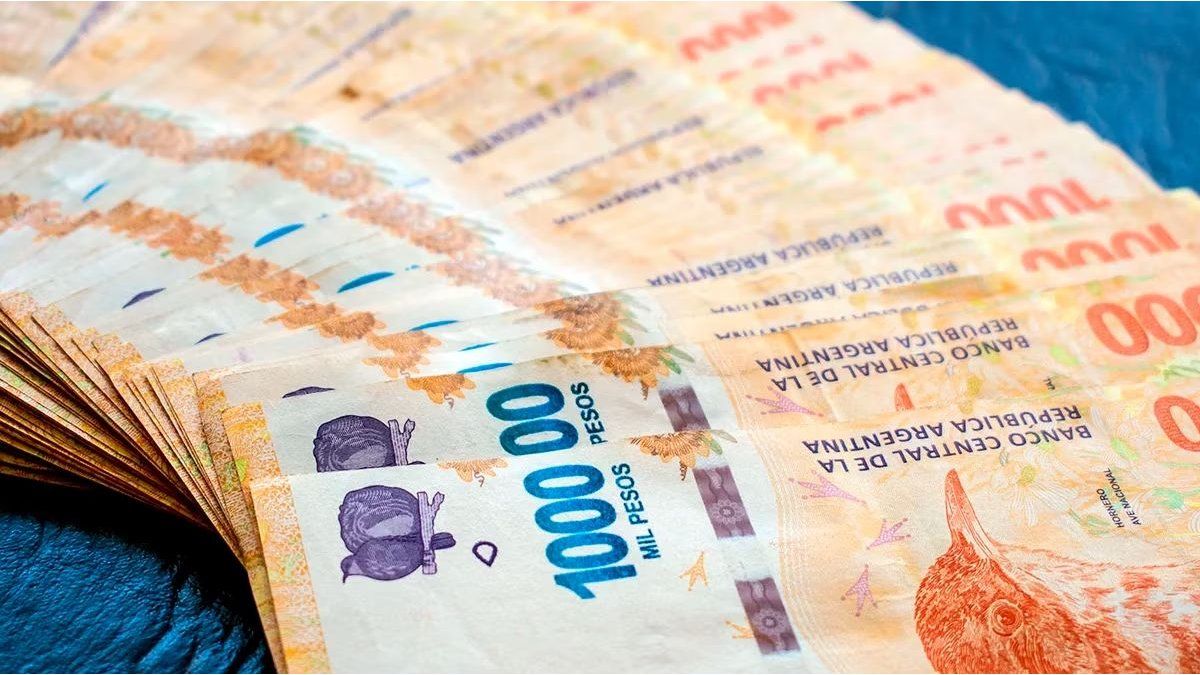In this way, the monetary authority raised the nominal annual rate of fixed terms to 95% (TNA). This is a 152% annual effective rate (TEA), that is, when the saver reinvests every month the original amount plus the returns generated.
According to the survey of market expectations (REM), the expected inflation for the next 12 months will be 146%, however it does not contemplate the probable readjustment that economists will make after the 8.4% in April. While the TEM (Monthly effective rate) will be 8%, in line with the inflation that marked in April, although if the inflation that was known on Friday is taken into account, it would be slightly below.
What did the market expect?
Before the inflation data, the economist from the Scalabrini Ortiz Center for Economic Studies, Federico Zirulnik, argued that, “If inflation in April is, as many analysts expect, in line with the 7.8% that was reported in CABA, a rate hike of between 400 and 500 points will be needed basics to tie it, which would take it to a TNA of 95% or 96% ”
However, the economist from the University of Avellaneda Paul Ferrarinotes that, Before making a decision in this sense, it is necessary to take into account the contribution of rates to the inflationary process. In this regard, he explains that, although in the current dynamics, it is noted that interest rates are values that, initially, are impacted by the general dynamics of the rest of the prices (which, when taken as a whole, , we call inflation); Secondly, the rates are not an effect, but a cause of the increase in the rest of the indexing variables of the economy.
Thus, Ferrari describes a cyclical phenomenon, which is due to the fact that the rise in rates, although it improves the performance of investments and financial instruments, they also increase the cost of credit as a side effect. This makes the financing lines of families more expensive, but also those of companies, which tend to transfer this increase to prices.
So, he warns that, although “the International Monetary Fund (IMF) demands positive real ratesand that, in a first phase, would imply higher inflation, in a second, it would generate a recessive impulse”, due to an increase in the cost of credit, which affects consumption and the conditions of production and supply of products.
Consequently, it is true that the BCRA it has to bring rates into positive territory with respect to inflation in order, on the one hand, to comply with the IMF requirements in this regard, and, on the other, to direct the pesos towards savings and investment instruments in local currency and not towards the dollar. But it is also a reality that, as Ferrari points out, “permanently validating rate increases has negative aspects” in inflation and consumption, due to the direct effects that it generates in the variables of the economy, but also because, in some way, this behavior could be validating the expectation of an increase in the inflationary trend going forward.
Source: Ambito




